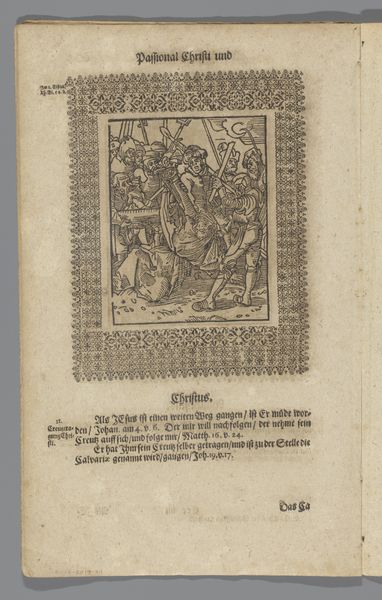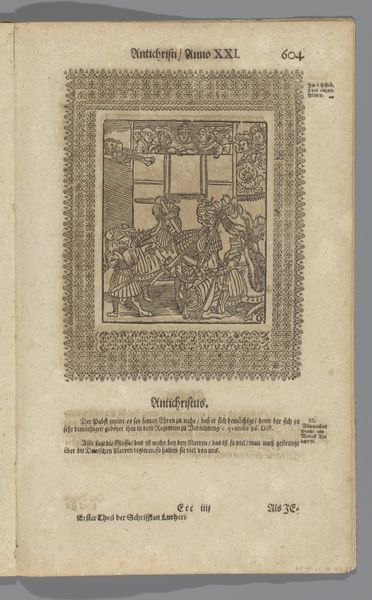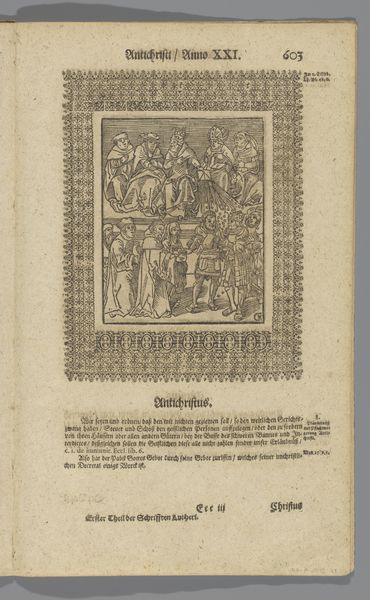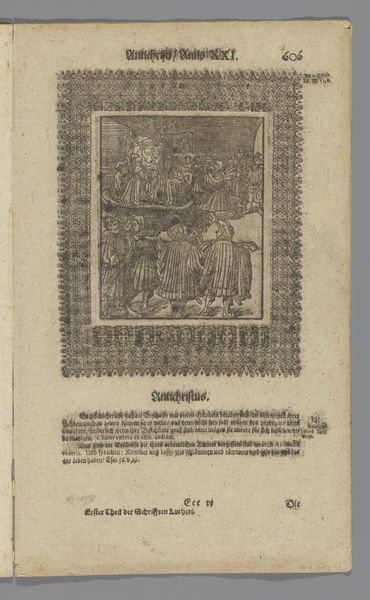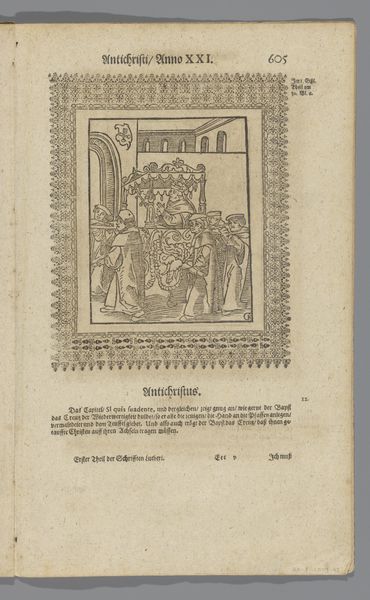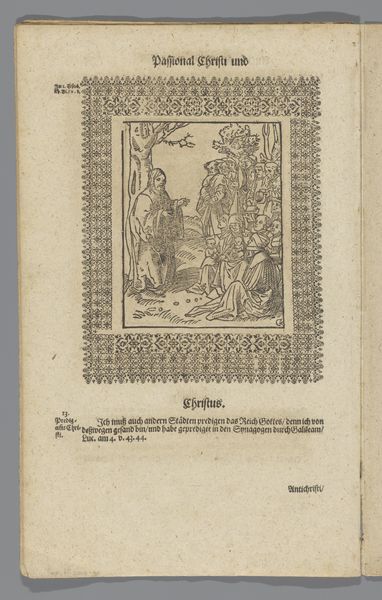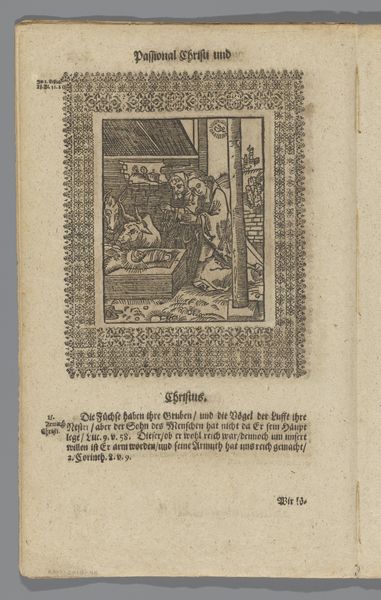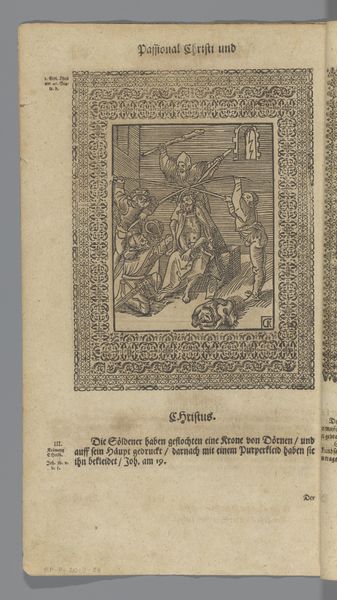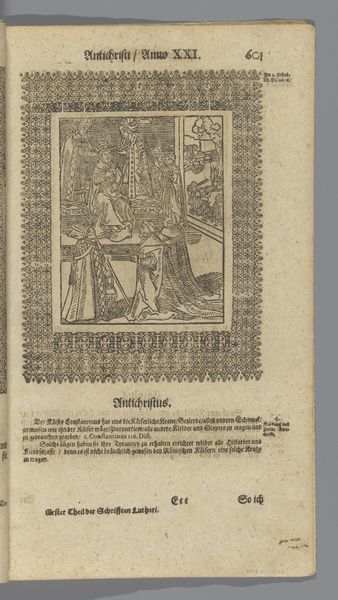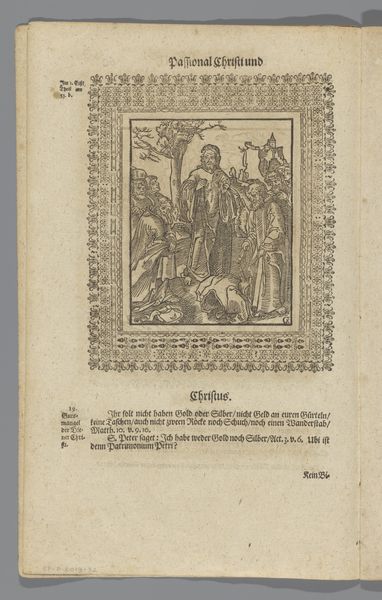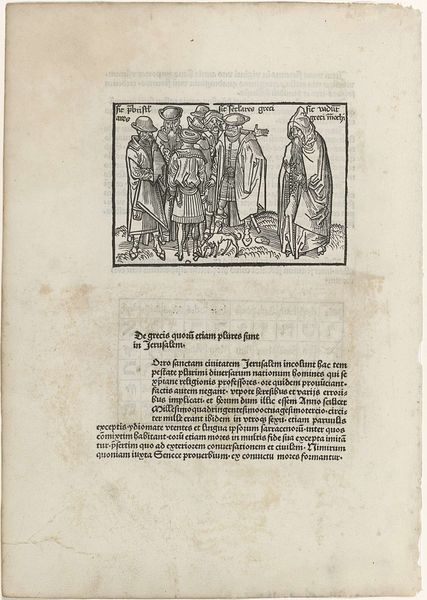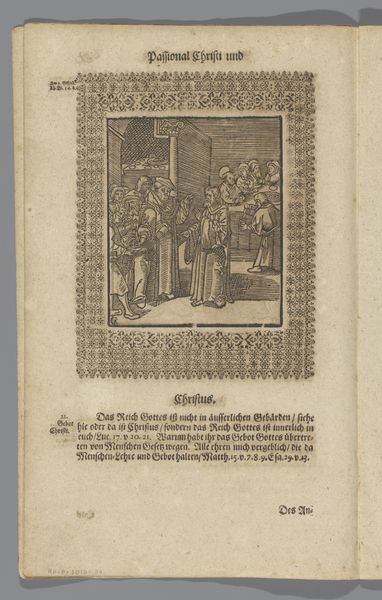
print, paper, engraving
#
medieval
#
narrative-art
# print
#
figuration
#
paper
#
line
#
history-painting
#
northern-renaissance
#
engraving
Dimensions: height 322 mm, width 190 mm
Copyright: Rijks Museum: Open Domain
Editor: Here we have "Keizer kust de voeten van de paus," or "Emperor kisses the feet of the Pope," an engraving on paper from around 1661, by the Monogrammist GK. It's fascinating how this scene of apparent humility is rendered with such a stark, almost confrontational quality. What aspects of this print grab your attention? Curator: Well, considering this engraving through a materialist lens, it's key to think about production. Printmaking during this period wasn’t just about aesthetics; it was a vital means of disseminating ideas and shaping public opinion, especially concerning religious or political power dynamics. Notice how the relatively inexpensive paper and reproducible nature of the engraving allowed this image, with its loaded symbolism, to reach a wide audience. Do you think the artist’s choice of engraving contributes to the message conveyed? Editor: That’s interesting! It makes me think about how accessible the artwork would have been, unlike an oil painting only for the elite. The stark lines of the engraving add to that confrontational mood, right? It lacks subtlety, broadcasting the message clearly. Curator: Precisely! The medium itself is part of the message. Look at the repetitive, decorative border surrounding the central image. It almost feels mass-produced, further emphasizing the democratization of imagery. Who had access to creating, commissioning, or buying such prints? What implications did this have on artistic patronage? Editor: I see what you mean. It really moves artmaking out of the realm of purely aesthetic creation into a sphere of social commentary and maybe even... propaganda? I’d never considered how the choice of printmaking was a choice of accessibility and a tool for broader cultural influence. Curator: Exactly! And that's where understanding the means of production enriches our interpretation. We see not just the image, but also the complex web of labor, materials, and consumption that shaped its creation and impact. Considering prints as more than art is an enriching way to approach such historical material. Editor: That’s really given me a new appreciation for the print, thinking about it in terms of material and production, and its broader cultural role!
Comments
No comments
Be the first to comment and join the conversation on the ultimate creative platform.
